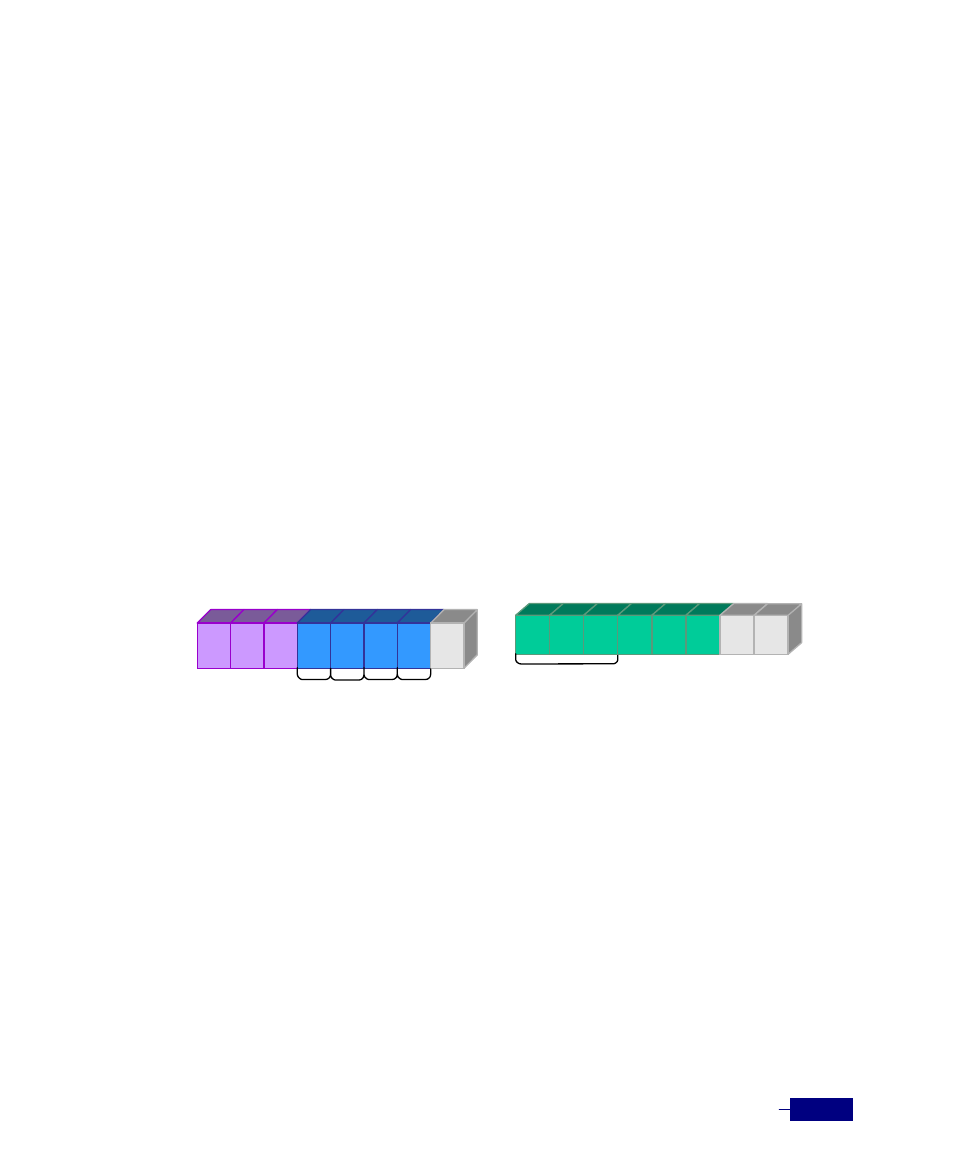Classifier, Classification standard – ATL Telecom R1-SW Ethernet Switch User Manual
Page 171

Configuring QoS
9-3
Classifier
Classification Standard
The classifier uses the following values to decide the packet level.
y
Layer 1 : Number of Input/output port
The input/output ports in Layer 1 packet is a port that a packet is received and transmitted. It is also
called as ingress/egress port.
y
Layer 2 : Source/Destination MAC Address, EtherType Field, DSAP Field, 802.1P Field, VLAN ID
802.1P field in Layer 2 packet is a three bit field that marks the packet priority, and a number from zero
to seven is stuffed in the three bit field.
y
Layer 3 : Source/Destination IP Address, Protocol ID, TOS/DSCP Field
Protocol ID in the header of Layer 3 packet is a field that marks which packet of protocol is. The field is
set by values that have been defined (TCP: 6, UDP: 17, ICMP:1, IGMP:2).
The following values are set in the eight bit of TOS field - also called DSCP field - in the header of Layer
3 packet.
- MRZ : Must Be Zero
- D
: Minimum Delay
- T
: Maximum Throughput
- R
: Maximum Reliability
- C
: Minimize Cost
- CU : Currently Unused
y
Layer 4 : Source/Destination Port Number, TCP Flag
The port number in TCP/UDP header of Layer 4 packet notifies what the packet of application is.
The classifier can classify the following types of category with the classification standard.
y
Subscriber (packet sender) Classification: Who send the packet?
- Packet Classification using Input Port Number, Source MAC Address and Source IP Address
y
Subscriber and Application Classification: Who send the packet? And, what kind of application packet is?
- Packet Classification using Input Port Number, Source MAC Address, Source IP Address and
bits
0 1
2
3
4 5
IP-Prec
6
7
MRZ
TOS
D
T
R
C
IP Type of Service (RFC 1349)
Class Selector
bits
0
1
2
3
4
5
6 7
DSCP
C
U
IP DiffServ Code Point (RFC 2474)